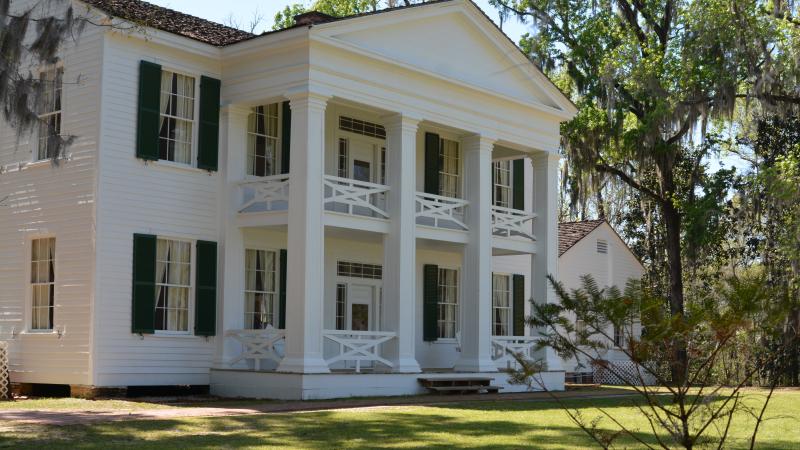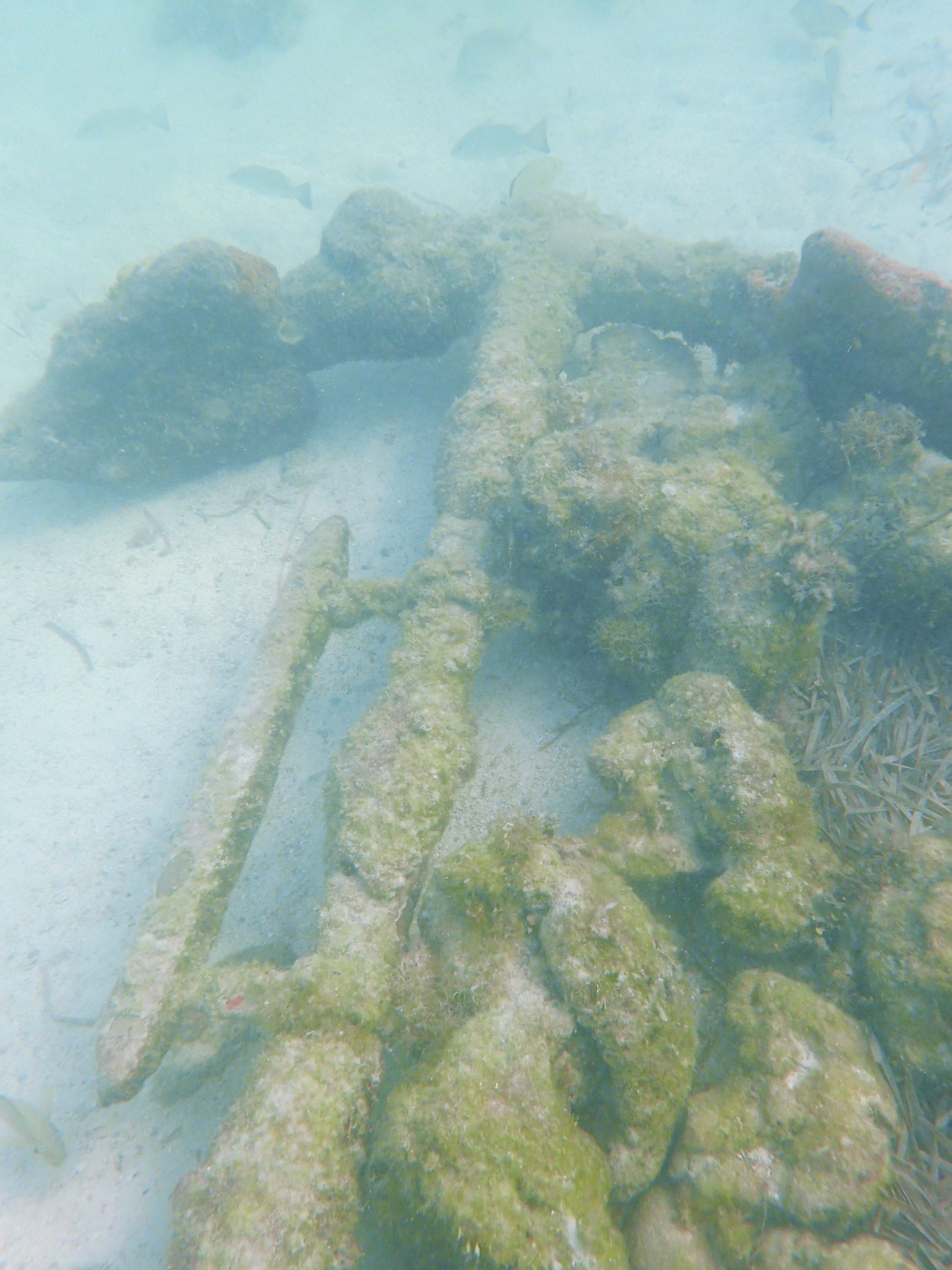
Conservation of the San Pedro
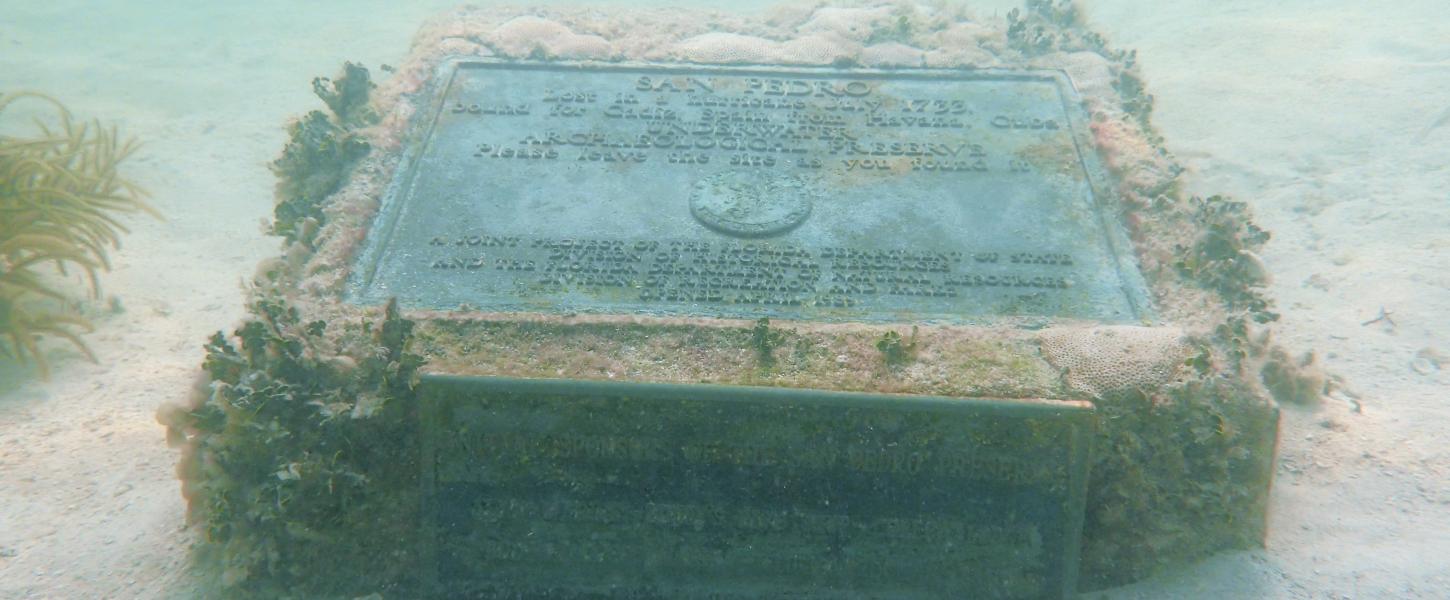
The San Pedro is one of 19 sailing vessels that wrecked in 1733 along the coast of the Florida Keys. The ship laid undiscovered until the 1960s when locals stumbled across the pile of ballast stones marking her resting site.
Finding the San Pedro today is a little easier as it is marked with a tall pencil buoy surrounded by five white and blue mooring balls.
- The shipwreck lies at 24o 51.802’ N and 80o 40.795’ W about 1 mile south of Indian Key.

The shipwreck of the San Pedro was designated as an archaeological preserve in 1988. The site is protected by Florida laws prohibiting unauthorized disturbance, excavation or removal of artifacts. In addition, the site prohibits fishing or lobstering in the 643 acres surrounding the shipwreck.
The ship's final resting place can be found by looking for the large pile of ballast stones. These large round stones were collected from European river beds and were placed in the bottom of the ship's hold to increase stability on the water and reduce heeling in strong winds. Divers may also see flat red ladrillo bricks from the ship’s galley.
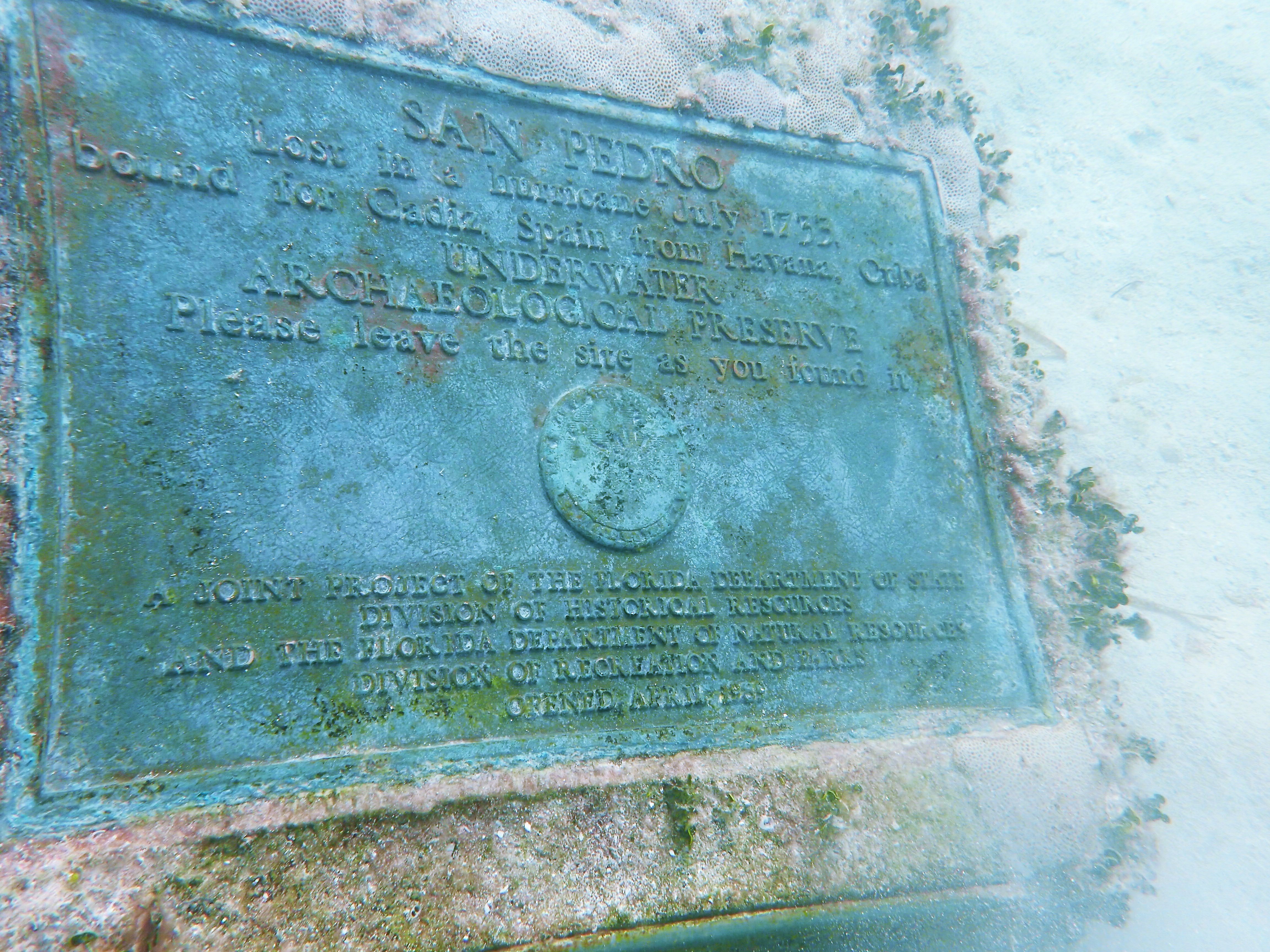
The cannons (replicas made from cement) and 1733 anchor (from another ship of the same plate fleet) along with the bronze plaque were added to the site in 1988 to enhance the site for visitors.
To avoid damage to the shipwreck and surrounding seagrass habitat, mooring buoys are placed around the spar buoy that designate the shipwreck. Divers should take care to maintain proper buoyancy and secure dangling gear to avoid damaging coral, sea fans or the ship’s structure.
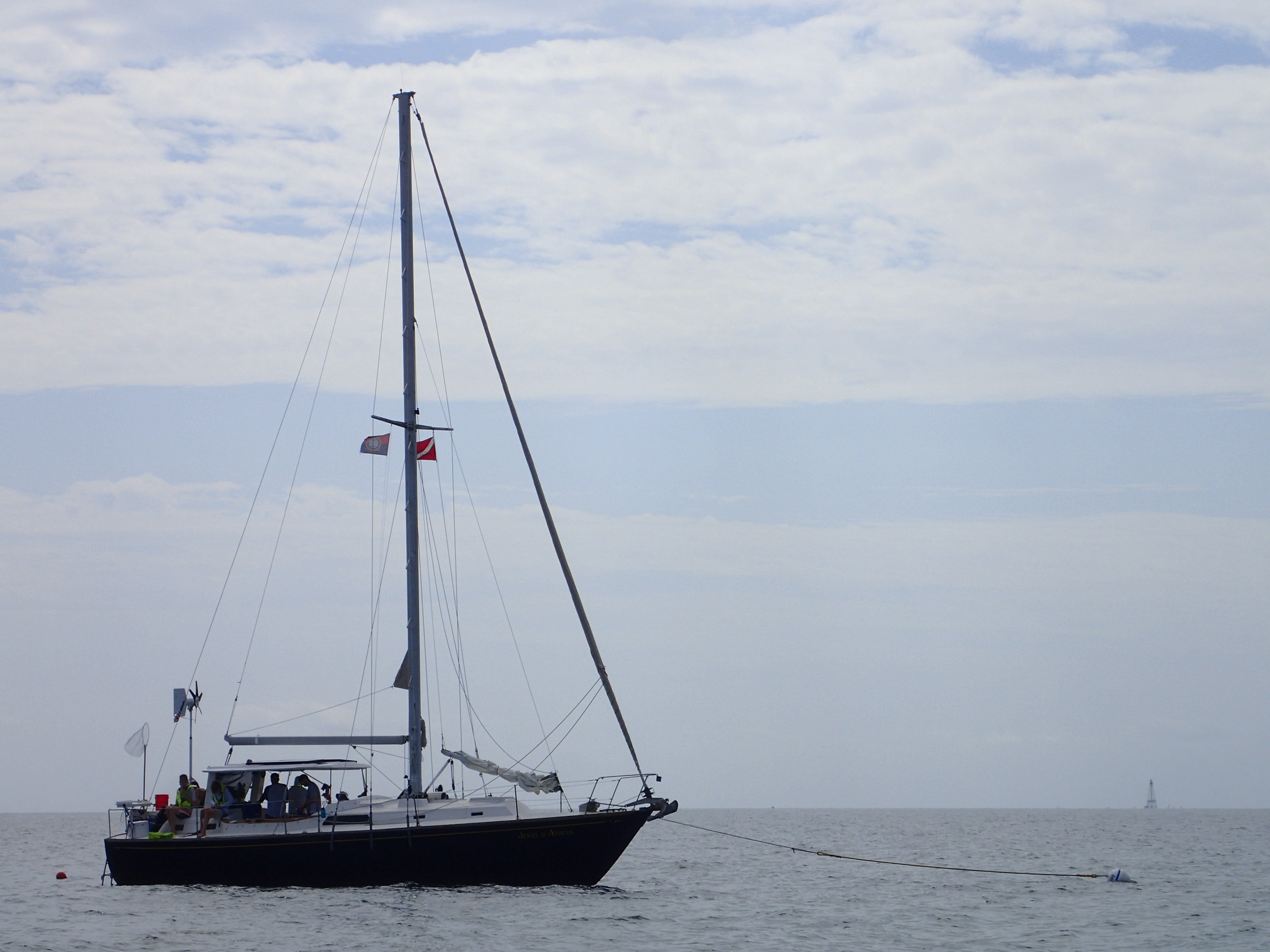
To properly use the mooring buoys, boaters should use the following tips.
- When inside the preserve, maintain idle speed with no wake and watch for swimmers, snorkelers and divers.
- Slowly approach the mooring buoy from down-wind or down current. This way your boat will not be blown over the buoy and risk cutting the lines.
- Use your boat hook to pick up the pick up the yellow polypropylene pick-up line.
- Cleat one end of the bowline to the bow of your boat. Pass the free end of the bowline through the spliced eye of the pick-up line.
- Attached the free end of the bowline to a cleat on your boat, allow at least 8 feet of scope (slack) in the line, more if a windy day. Never tie your boat directly to the pick-up line, this creates too much stress on the buoy anchor system.
Please visit the 1733 wreck of the San Pedro with care and respect, and remember to take nothing but pictures and leave only bubbles.
